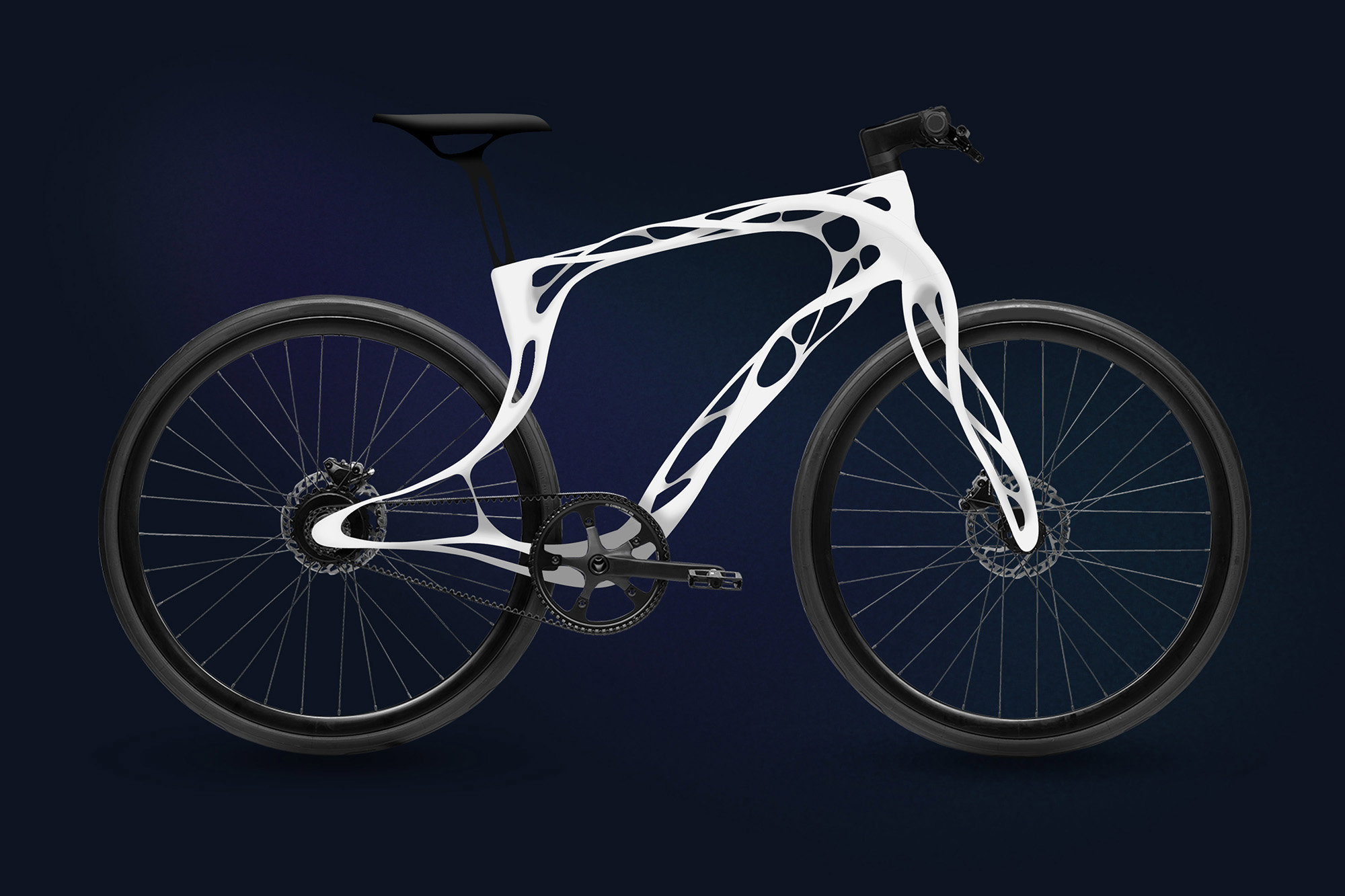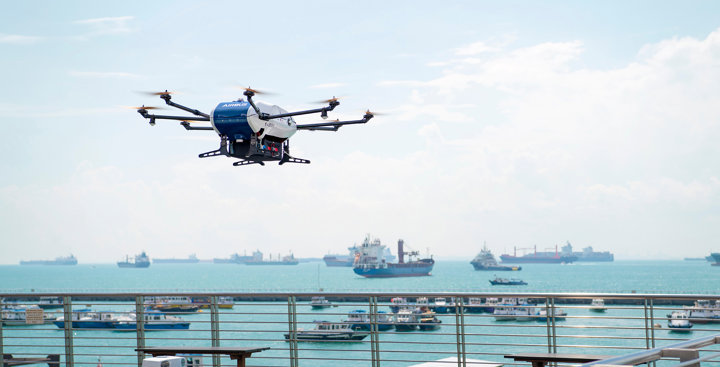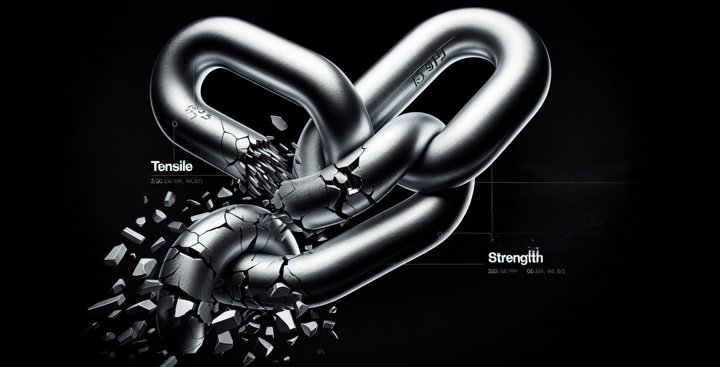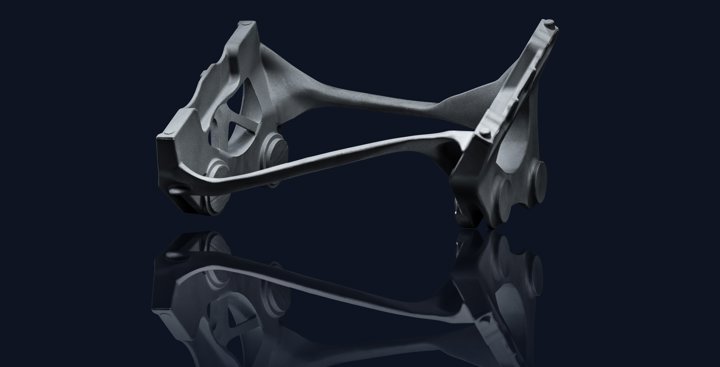
Everybody understands bike frames. Aluminium tubes welded and formed by hydrostatic force into a strong, lightweight rectangles. Capable of carrying the largest, tallest and smallest of riders, it is a triumph of minimalist design that is almost impossible to improve upon.
Sarginsons thought they'd have a go, to see how extraordinary their Topological Optimisation and Digital Twin casting technology really is. Would the software create a lighter, better design? Could it overturn decades of development and mark another triumph in AI's continual march across settled wisdom?

There were a number of questions about casting methods? Sand, low and high pressure, gravity casting. Sand used cheap moulds but was not able to meet the mechanical strength required, even with all the trickery of the Sarginsons Foundry.
High Pressure had too much porosity and low strength. Gravity was better, but it quickly became clear that Low Pressure casting was the only method capable of attaining the mechanical characteristics required, particularly as fatigue was a more significant factor than in automotive l. But tooling cost made low pressure casting unviable. There was one more option. Low Pressure Sand. Sarginsons have the capability but only use it to produce low pressure prototypes, as it achieves much the same mechanical performance as standard low pressure casting.
The designs generated by the Topological Optimisation for the bike frame were not typical. And not achievable with standard sand pattern technology. Nor with standard casting techniques. This is where the dream of liquid metal engineering often falls apart. Physics and an inability to control casting variables inhibit design flexibility
The only solution was a one piece 3D printed sand mould. By printing one piece sand moulds, internal cooling structures could be created to allow thinner wall sections and tighter radii. It is a lot more complicated in conception than practice, as it produces a simpler result, with no witness lines and no worries about leaks, cores or alignment. The most complex of designs can be achieved with fewer concerns than traditionally made simpler ones.
3D printing with enhanced cooling techniques allows true liquid metal engineering to flourish. It essentially allows Freeform casting, where whatever shape is designed can be cast. This is a revolution where the flexibility of 3D is perfectly complemented by the superior TYE mechanical strength of casting.
The bike was a failure, however. Well, it was heavier than the standard hydroformed tubes, but low pressure sand casting did have one enviable advantage. It was capable of producing short run castings of an inherently complex design at a reasonable cost, because of the lack of expensive tooling. And it was quick. Will the bike become a reality, well that's a question for 2025?



Torrington Avenue, Coventry,
West Midlands, CV4 9AG